
Ferrous Scrap Demand Falls Despite Stable Steel Output
Global scrap consumption declined across key markets in Q1 2025, reflecting shifting steel production strategies and lower recycling intensity. According to the World Association of Recyclers (BIR), China, the EU, the USA, Japan, South Korea, and Turkey all saw year-on-year declines. In contrast, India bucked the trend with a notable increase.
In China, steel production edged up 0.6% year-on-year to 259.3 million tonnes. Yet scrap use dropped 1.6%, totaling 57.62 million tonnes. The United States saw a sharper divergence: while steel output fell just 0.6%, scrap consumption declined 14.9% to 13.02 million tonnes. The EU also reduced scrap use by 7.1%, despite a steel production drop of only 2.5%.
Japan and South Korea posted the steepest declines in Asia. Japan’s scrap consumption fell 7.8%, while steel output declined 4.9%. South Korea reported a 25.1% drop in scrap use—far outpacing its 3.6% decrease in steel output. Turkey recorded a 1% dip in scrap use alongside a 3.4% fall in steel production. Meanwhile, India increased scrap consumption by 19.1%, supported by a 6.8% growth in crude steel output.
Scrap Trade and Sustainability Trends Reshape Global Flows
The international scrap trade also experienced notable shifts in Q1. Turkey, the world’s largest scrap importer, cut purchases by 11.5% year-on-year to 4.716 million tonnes. However, it continued to rely on major suppliers including the Netherlands, the US, and the UK. India slightly reduced imports by 0.4%, even as domestic consumption soared.
Conversely, import demand rose in several countries. The EU boosted scrap imports by 5%, the US by 1.4%, Pakistan by 9.9%, and Thailand by a remarkable 66.1%. Vietnam and Taiwan, on the other hand, significantly reduced their intake.
Export dynamics also shifted. The EU remained the world’s top exporter, shipping 4.578 million tonnes of scrap (+4% y/y) primarily to Turkey, Egypt, and India. The US, despite a 12.3% decline, held second place, followed by Japan, the UK, Australia, and Mexico—all of which reported growth.
Globally, the BIR and World Steel Association estimate that 630 million tonnes of scrap are consumed annually. This contributes to avoiding 950 million tonnes of CO₂ emissions and promotes more energy-efficient steelmaking.
SuperMetalPrice Commentary:
The Q1 2025 data confirms a global shift in scrap consumption patterns, revealing a growing divergence between raw material usage and steel output. Declines in major regions may signal changes in steelmaking inputs, efficiency strategies, or supply chain constraints. India’s 19.1% rise in scrap usage stands out, underscoring its accelerating industrial growth and rising commitment to circular production. As sustainability and decarbonization remain central, scrap’s role in low-emission steelmaking will likely regain traction—especially amid global pressure to meet climate goals.


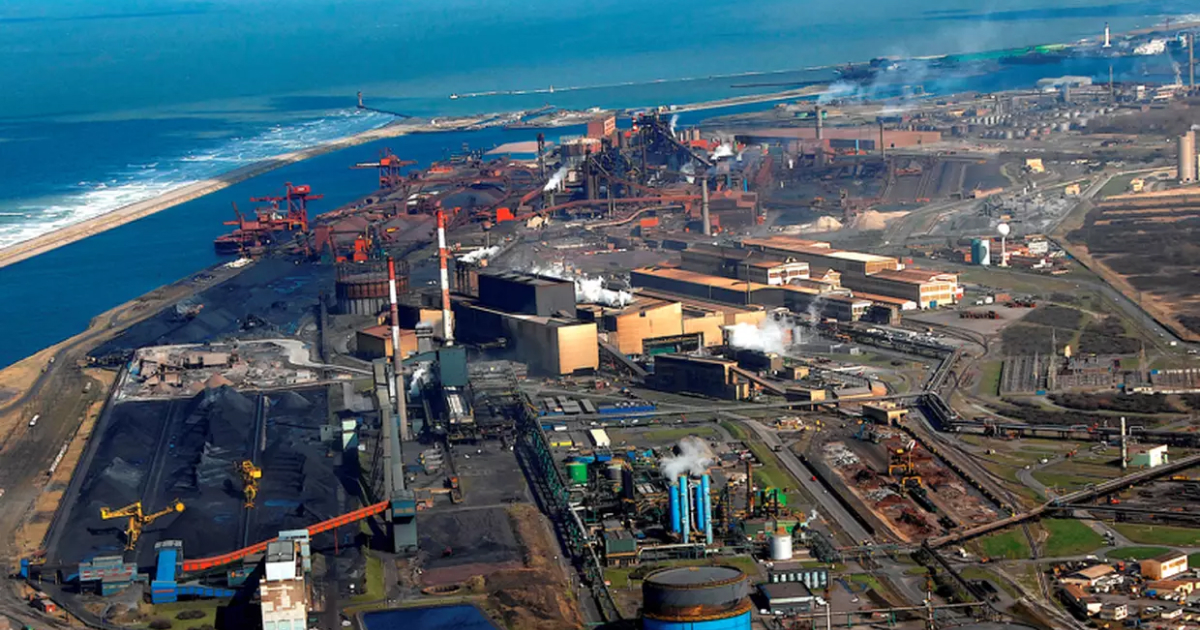
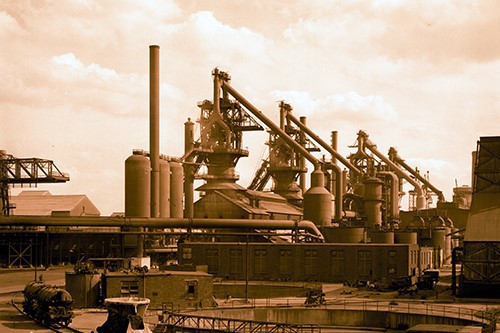




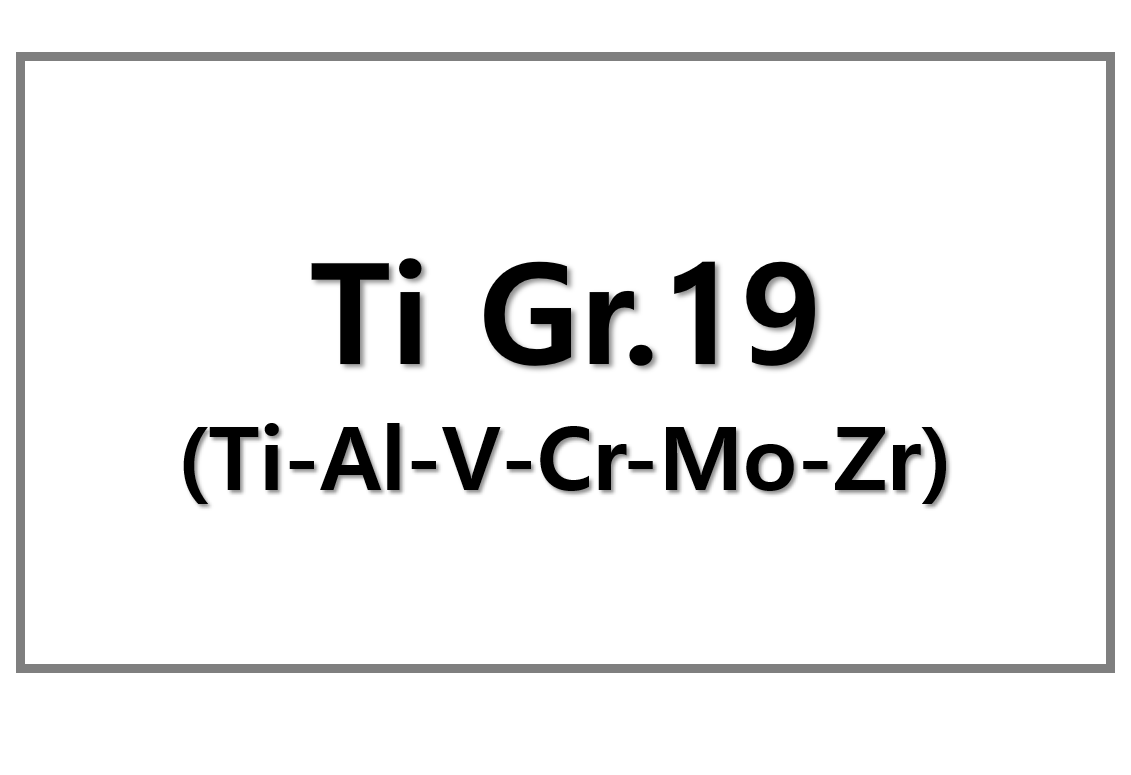
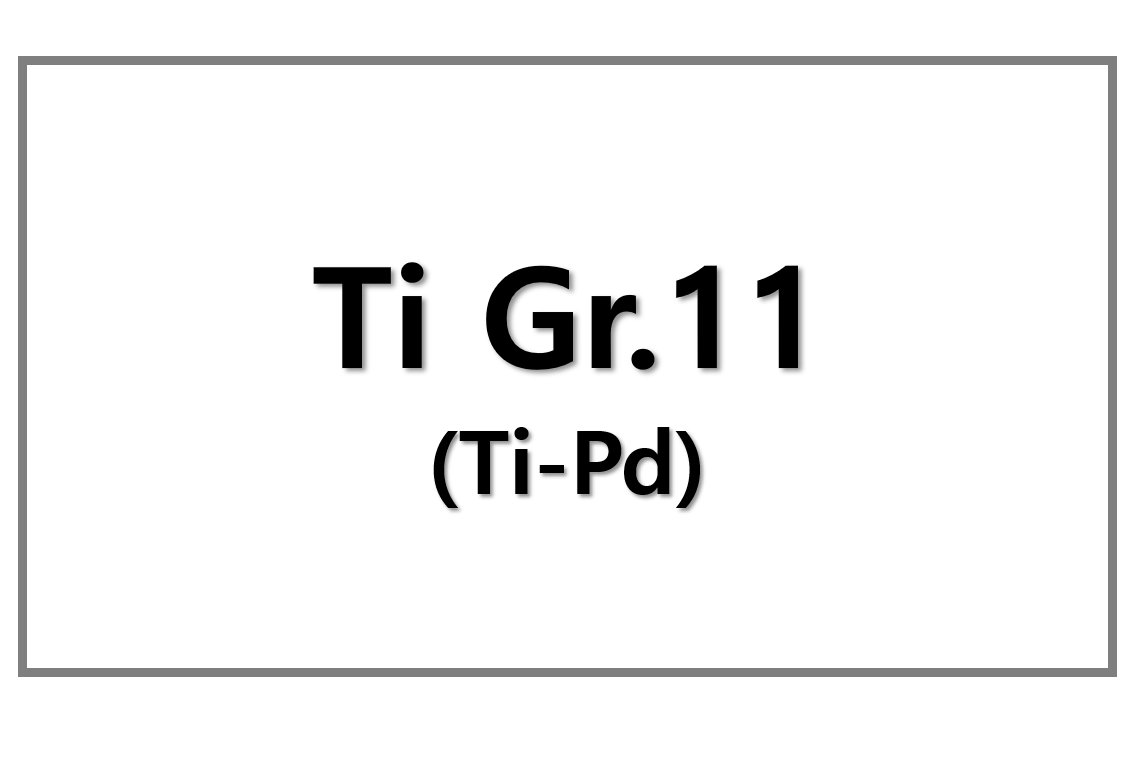
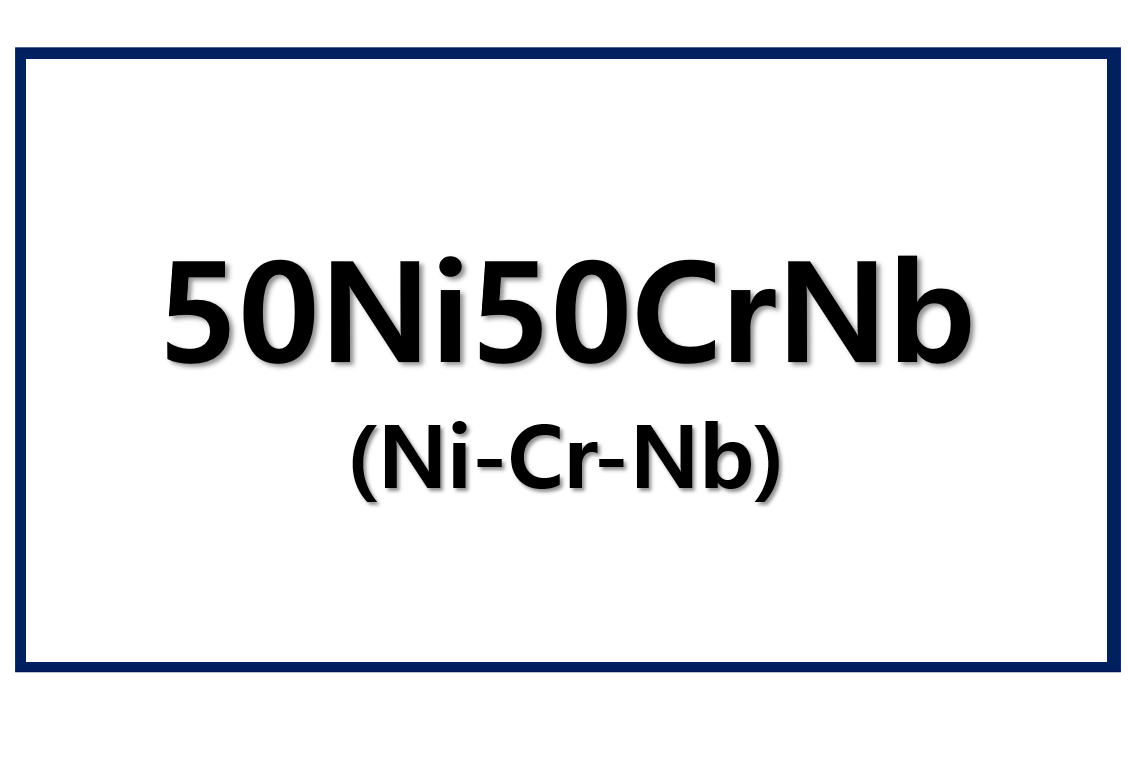
Leave a Reply
You must be logged in to post a comment.